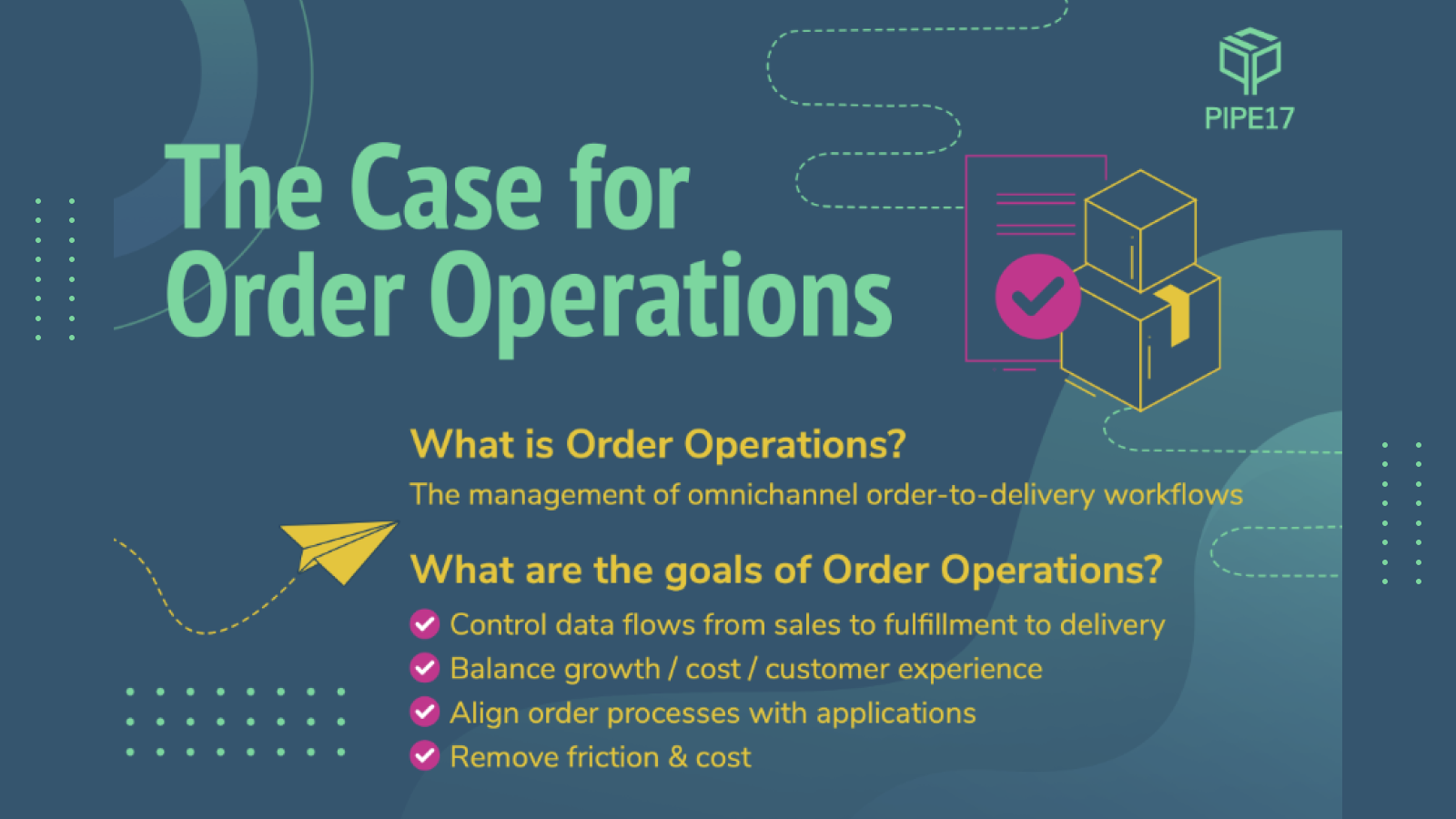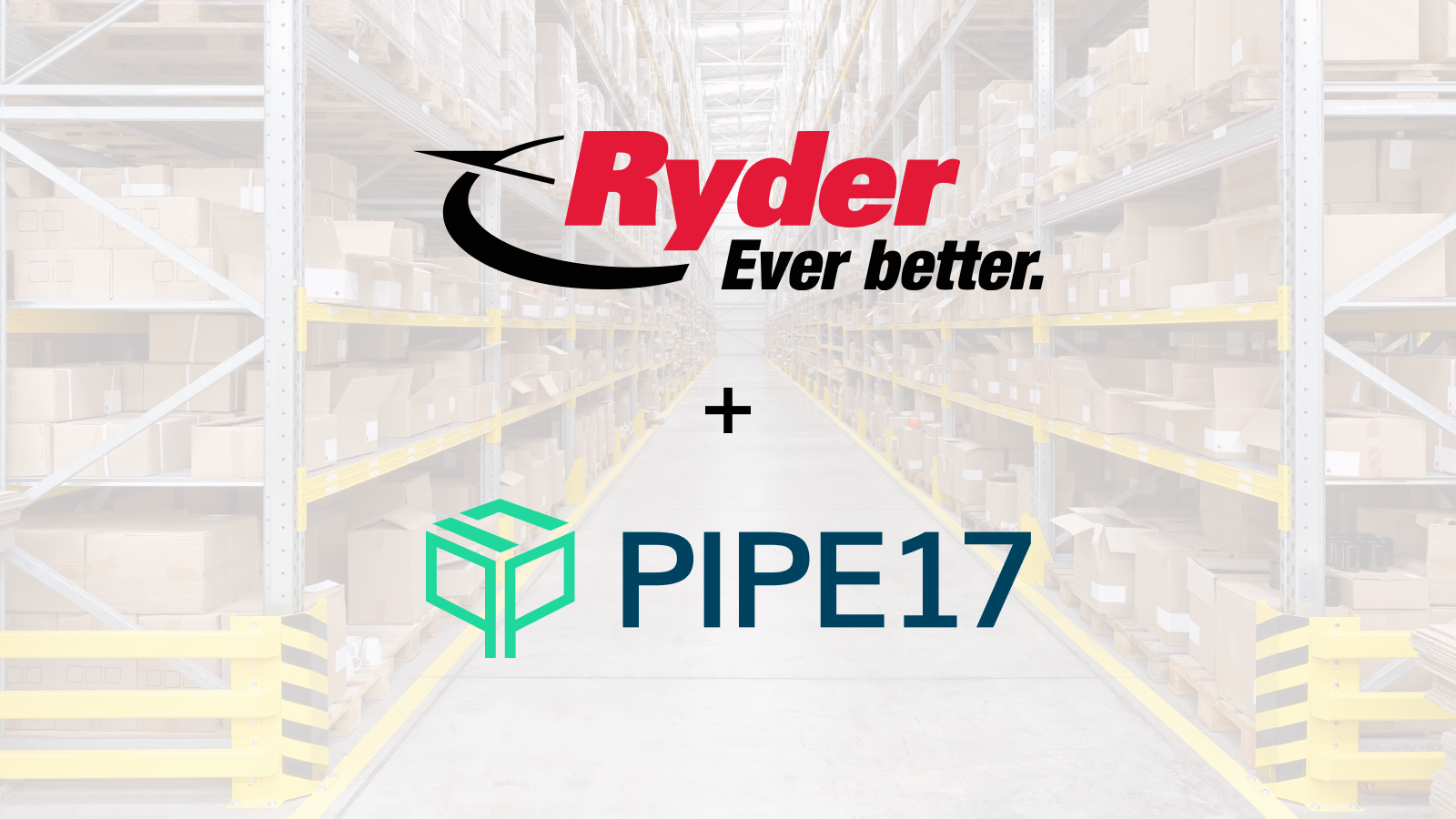To say that eCommerce has changed over the past two years would be the understatement of the decade. As people around the world embraced social distancing and obeyed stay-at-home orders, they turned to online shopping more than ever before.
Prior to the pandemic, merchants who imported goods from overseas were already feeling the pressure of the increased tariffs imposed starting in 2018. Merchants, and by extension, consumers, were projected to feel the pinch of increased product costs due to higher tariffs being imposed as the products cross the US borders.
Then the pandemic happened. eCommerce sales jumped nearly 32% in 2020 compared to the prior year according to US Census Bureau data. In 2021, revenue from retail eCommerce in the U.S. was estimated at roughly $768 billion, a huge jump from pre-pandemic 2019’s $516.5 billion.
As eCommerce growth began to surge amid the pandemic, merchants simultaneously began to struggle to keep up with supply chain constraints and still meet consumer demand. Delays, material shortages, higher freight costs, and widespread labor shortages have created a perfect storm that’s impacted the supply chain around the world.
Some might argue that the pandemic set off a domino-effect of issues throughout the supply chain. Shutdowns at manufacturing plants and factories led to stock shortages. Once manufacturing resumed, companies clamored to find shipping containers and were forced to pay premiums to secure them. In ports around the world, cargo ship “traffic jams” ensued with labor shortages and lack of space for container unloading. Once cargo was removed from ships, carrier delays created further disruption to the delivery of goods.
In short: it hasn’t been easy. Meeting consumer demand and navigating the complexities and challenges of the global supply chain has required patience, persistence, and creativity.
Add to all of this the rising costs of materials and simply doing business, and it’s easy to see why many merchants are looking for ways to alleviate supply chain woes and find ways to save money.
Many have begun using Section 321 to help. Read on to learn what Section 321 is, how to use it, and the benefits.
What is Section 321?
Orders shipped from outside of the United States direct to buyers are subject to import fees. This is a reality that any merchant who obtains goods from other parts of the world knows all too well. One of the ways to optimize your eCommerce supply chain and keep your logistics costs down is to leverage US Customs and Border Protection (CBP) law Section 321.
Section 321 is a CBP Shipment Type that allows goods to be cleared through customs tax and duty-free. The section exempts low-value shipments from taxes and duties provided the shipment complies with the de minimis threshold of $800.
According to the US CBP, “De minimis provides admission of articles free of duty and of any tax imposed on or by reason of importation, but the aggregate fair retail value in the country of shipment of articles imported by one person on one day and exempted from the payment of duty shall not exceed $800.”
In short: As long as the fair retail value of goods is under $800, the shipping country is included in Section 321 coverage, and all paperwork is in order, Section 321 can be a game-changer for your business by saving money and streamlining your supply chain.
How does it work?
Section 321 helps eCommerce professionals save on importing costs for shipping products that have a retail value under $800 to the US. This is called the de minimis threshold.
Wondering what the heck de minimis means? It’s a common law term, latin in origin, which means “too trivial or minor to merit consideration”. As it relates to eCommerce, the de minimis threshold essentially dictates what is and isn’t significant enough in retail value to be subject to import fees.
The de minimis threshold was amended from $200 to $800 in 2015 by the Trade Facilitation and Trade Enforcement Act of 2015 (TFTEA). This means that goods with a retail value under $800 can be imported into the US and surpass duties and taxes with less paperwork, which helps you to reduce your international shipping costs and also speeds up the cross-border shipping process.
While this is great news, you should know there are a few caveats to keep in mind.
1) You are limited to one shipment per day. Section 321 holds a daily restriction that consists of only one shipment per person per day. It’s important that your freight shipping partner does not make multiple Section 321 claims on the same day. This, of course, doesn’t mean you cannot receive more than one shipment per day. It simply means you can only claim one shipment under Section 321 per day. Shipments to business addresses are also excluded and cannot be claimed under Section 321.
2) Not every item under $800 in fair retail value is covered. While there is a duty exemption for goods produced at less than $800 in retail value in the country of shipment, some goods are not covered by Section 321. The list of goods restricted b the administrative ruling includes (but is not limited to):
- Products that required customs inspection (harsh chemicals, cleaning supplies, etc.)
- Goods that fall under the Countervailing or Anti-Dumping Duty
- Products regulated by certain government agencies such as the FSIS, USDA, NHTSA, CPSA, or the FDA
- Cigars, cigarettes, and alcoholic beverages
You must also provide proof of items’ retail value and each shipment must have consignee names and addresses to be in compliance with Section 321.
What about importing from China?
Amidst the US-China economic trade war, the addition of new tariffs on Chinese imports in 2018 compounded the pressure on US-based merchants as it relates to import fee. Section 301, or 301 China, essentially meant US-specific import fees placed on goods from China.
While the tariffs were designed to put pressure on China, the effect on US merchants importing goods for sale created an environment that effectively shut down many small US businesses.
Imports were taxed at 25% above the standard tariff costs for thousands of products. In some instances, US merchants were paying up to 41% of the cost in import tariffs which made it nearly, if not completely, impossible to maintain profit margins.
Fortunately, Section 321 overrides Section 301 provided that the items being shipped meet the de minimis threshold.
How Section 321 can benefit your business
Section 321 can help you maximize revenue by keeping logistics costs down, one of the most basic principles of good business practices.
Lower costs overall
Section 321 makes it easier and more economic for businesses to manufacture products overseas and have them imported into the US duty free and tax-free. This includes China, provided your shipment qualifies to be exempt from Section 301 tariffs.
Faster shipments
Section 321 reduces the amount of paperwork required to import goods and receive clearance from them at the border. This speeds up the shipping process and can eliminate delays caused by shipments being held up at customs. One of the best ways to ensure you avoid this with Section 321 is to have proof of value and any and all applicable consignee names and addresses at the ready.
Gives you a leg-up on the competition
When you’re able to save on international shipping costs, you can launch into the US more affordably and offer better shipping rates for US-based customers.
How to use Section 321
Now that you know what Section 321 is and how it can benefit your business, it’s important to understand how you can use this law to benefit your business. One way to make the most of Section 321 is to establish strategically located “hubs” to help you move products and maximize your supply chain.
You can establish warehouses and fulfillment hubs in strategic locations:
- Closer to your manufacturers
- Closer to your parts suppliers (ie if you have custom boxes and packaging goods)
- In countries with more manpower available
- In countries with less port congestion
- In locations just outside the US borders (ex., Mexico or Canada)
Then use those strategic hubs to fulfill orders under $800 to your buyers. Section 321 has the additional advantage of packages clearing customs at the borders a lot faster than shipments that need to be released first.
How having strategic hubs works
By establishing strategic hubs to fulfill orders under $800 to buyers, merchants can streamline the supply chain.
A merchant can contract with a 3PL warehouse to house their goods in locations like Shenzhen, Hong Kong, Tecate Mexico or across Canada. When an eCommerce order is placed, the order flows to the warehouse. The warehouse will then pack the order, label it with the proper customs codes indicating the product tariff code and the order value being under $800. These packages all cross the border together and are then distributed to the “final mile” carriers for delivery to buyers.
Some of these warehouses, located in Mexico, are able to operate as US companies, employ US workers, and even have a return address in California. The benefit of using these Maquiladora warehouses is that your goods are still located in North America and can be shipped very quickly to your customers. The caveat with using these warehouses, is that they have special licensing requirements they need to meet as well.
For example, if shipping to other countries around the world from the maquila warehouses, the goods must first pass through US Customs and tariffs will be applied before the shipment is exported. If you’re shipping to many other countries, a 321 warehouse outside of this region will make more sense.
Merchants may also choose to work with warehouses located in places like Shenzhen or Hong Kong. Goods from these places will take longer to get packages to the US (approximately a week longer; the packages still go by air), but can efficiently pack and send goods.
The added benefit of these locations is close proximity to the manufacturing hubs in China. The merchants that use these warehouses avoid the costs and high wait times of shipping in containers over the ocean.
With the current pressure on supply chain and ocean cargo, these have become incredibly strategic options for merchants.
The process of managing these processes and coordinating with hubs can be challenging for merchants to manage, which is where a partner like Pipe17 can help through the use of integrations for merchants that want accurate and consistent data flow.
Pipe17 can integrate, sync, and automate your eCommerce operations to give you a full-picture view of your business.
Special Considerations
As mentioned previously, Section 321 is not a blanket that covers all products and countries of export. The law doesn’t apply to all categories, with restricted products including those regulated by the FDA and products containing hazardous chemicals. Alcoholic beverages and tobacco products are also excluded from Section 321 eligibility.
Every country has its own de minimis thresholds and duty/import fees and taxes. Section 321 applies only to US-based merchants receiving products from outside of the US.
Section 321 does not apply to shipments from every country, so it’s important to be aware of exemptions and plan accordingly. Ultimately, Section 321 is most beneficial for products made in China and sold to customers in the US.
Remember:
- It’s limited to one shipment per day, per recipient.
- The retail value of the shipment must be clearly marked.
- The name and address of the recipient must be to an individual, not a business.
Use Section 321 to help alleviate supply chain delays
In today’s day and age, finding unique ways to get a leg up on the competition is imperative. Your supply chain can deliver that competitive edge. With the right partner in place and a careful consideration of Section 321, savvy merchants can alleviate supply chain delays, reduce logistics costs, and scale their business faster.






